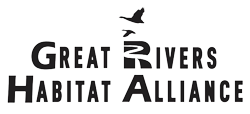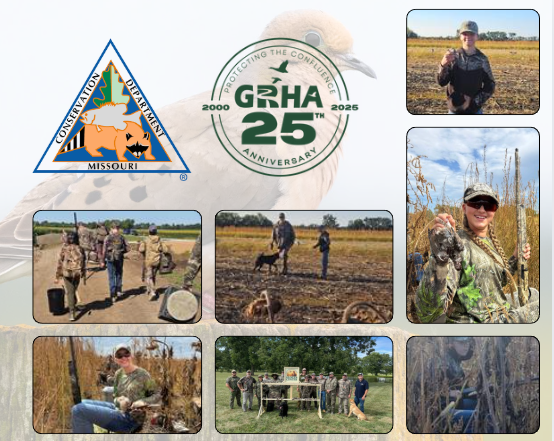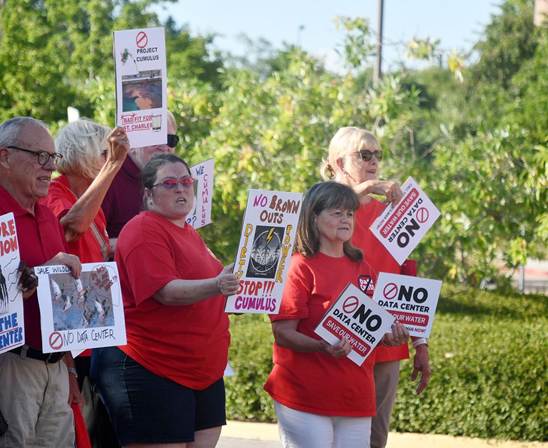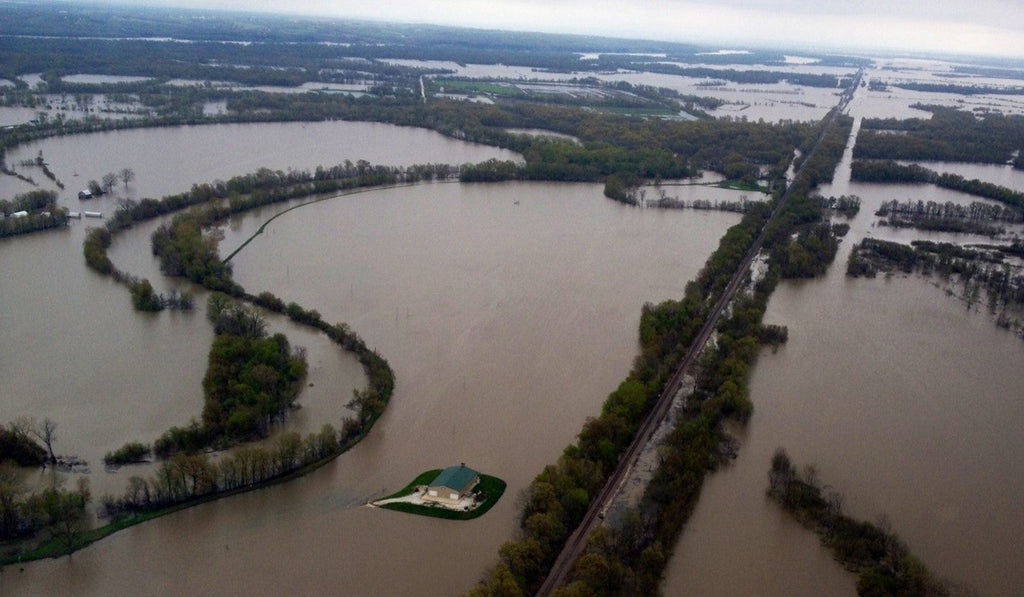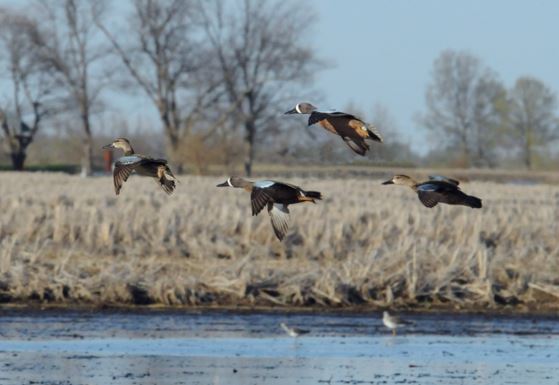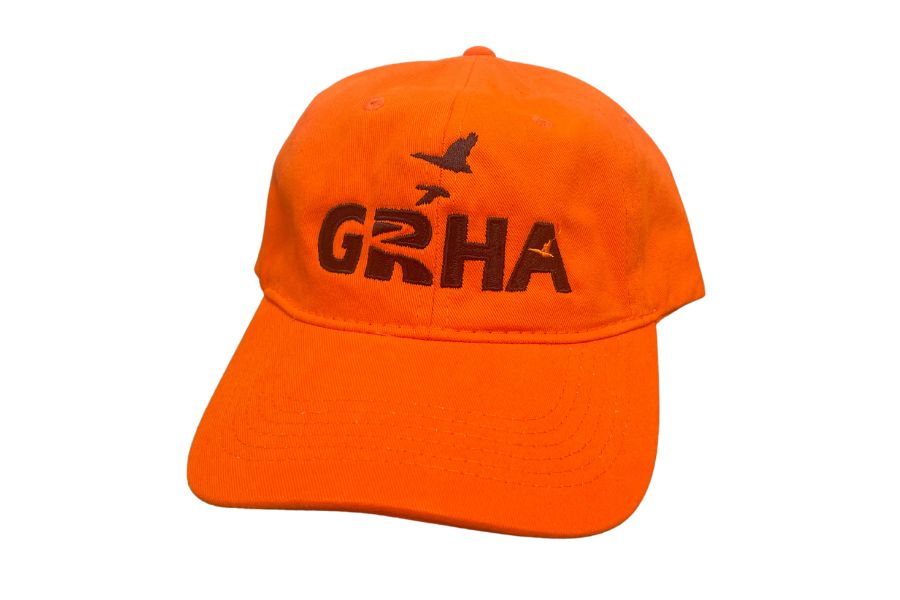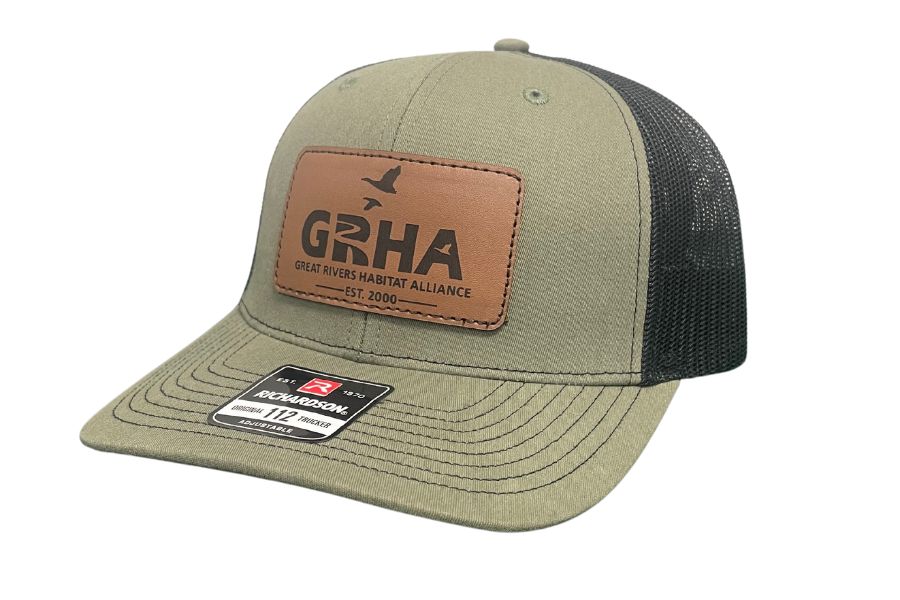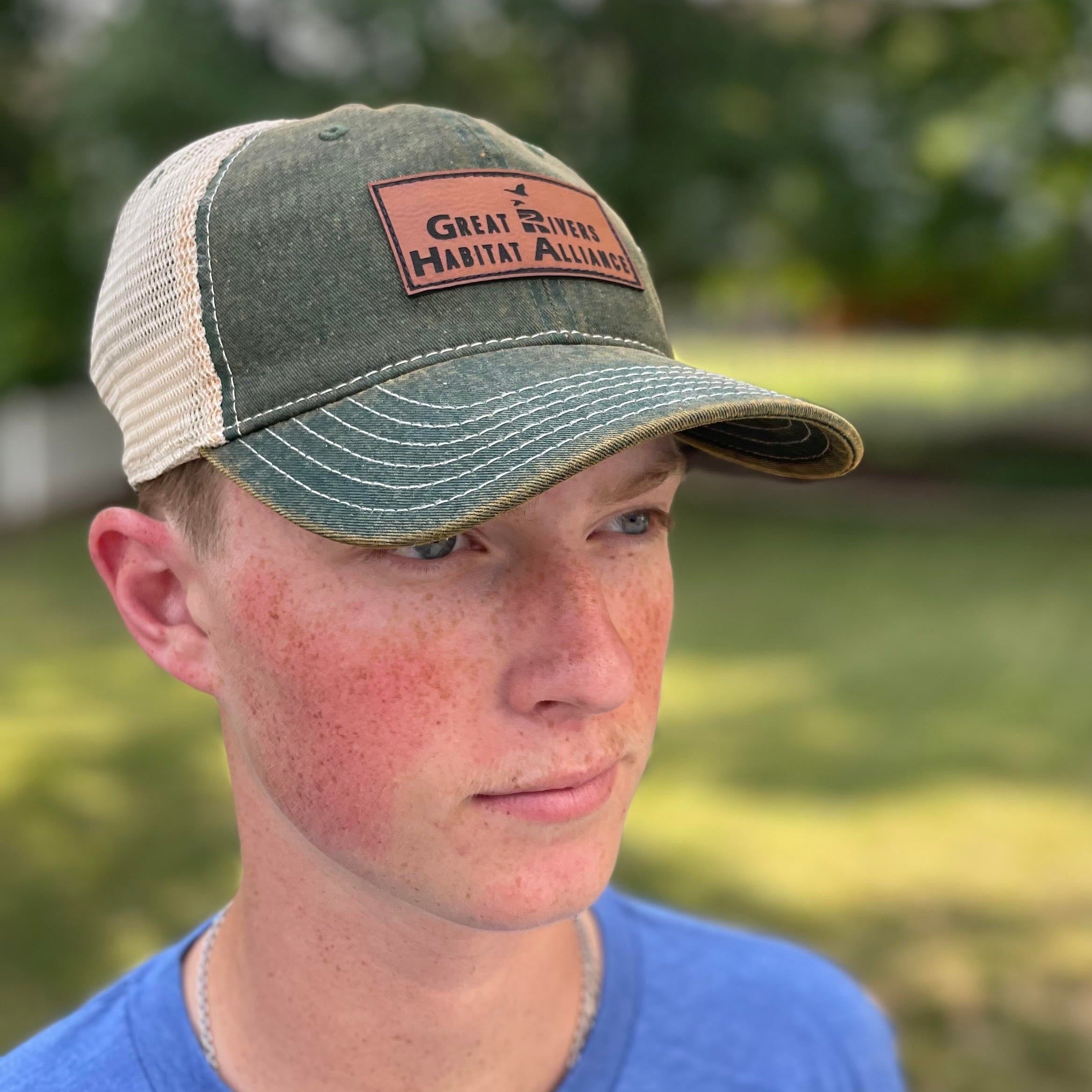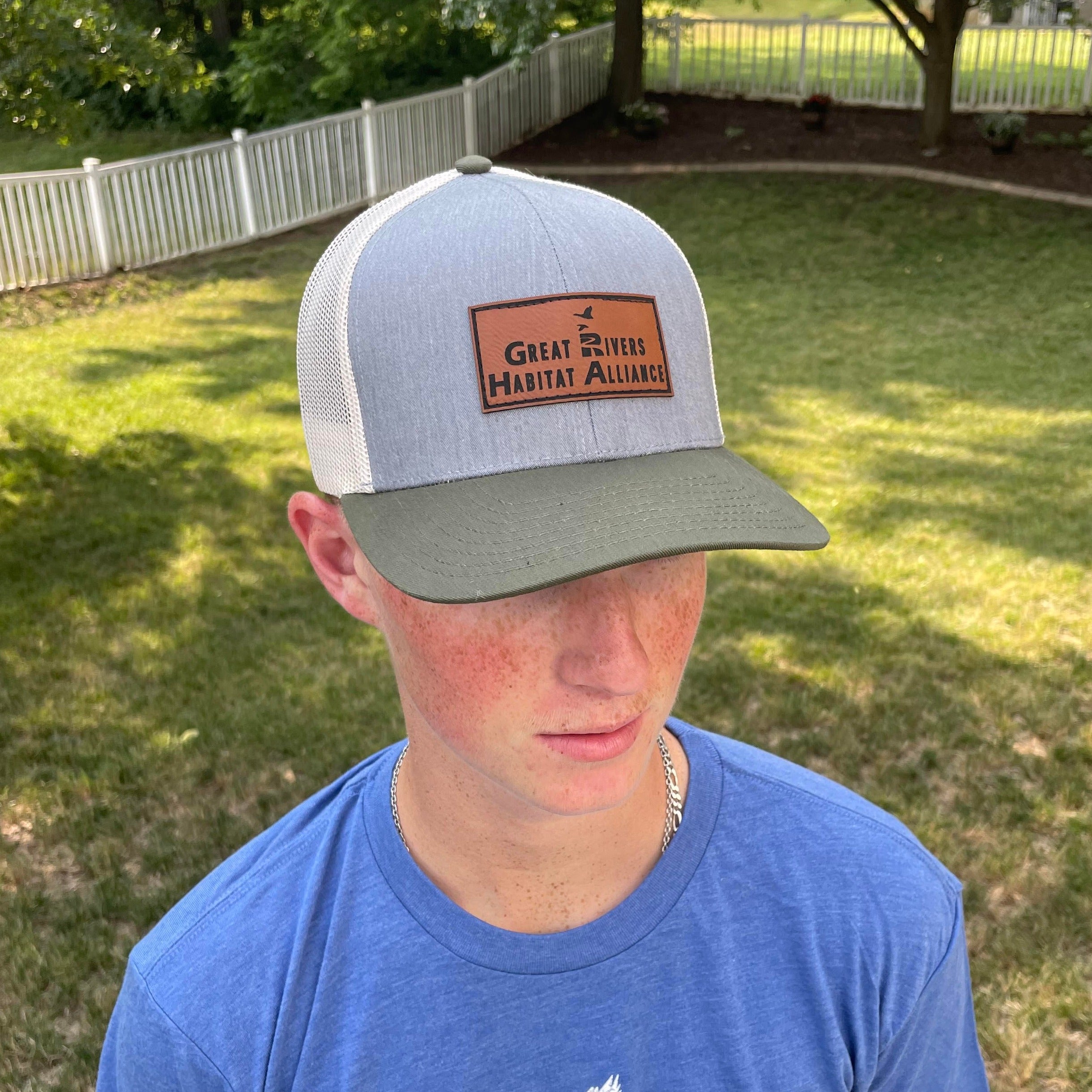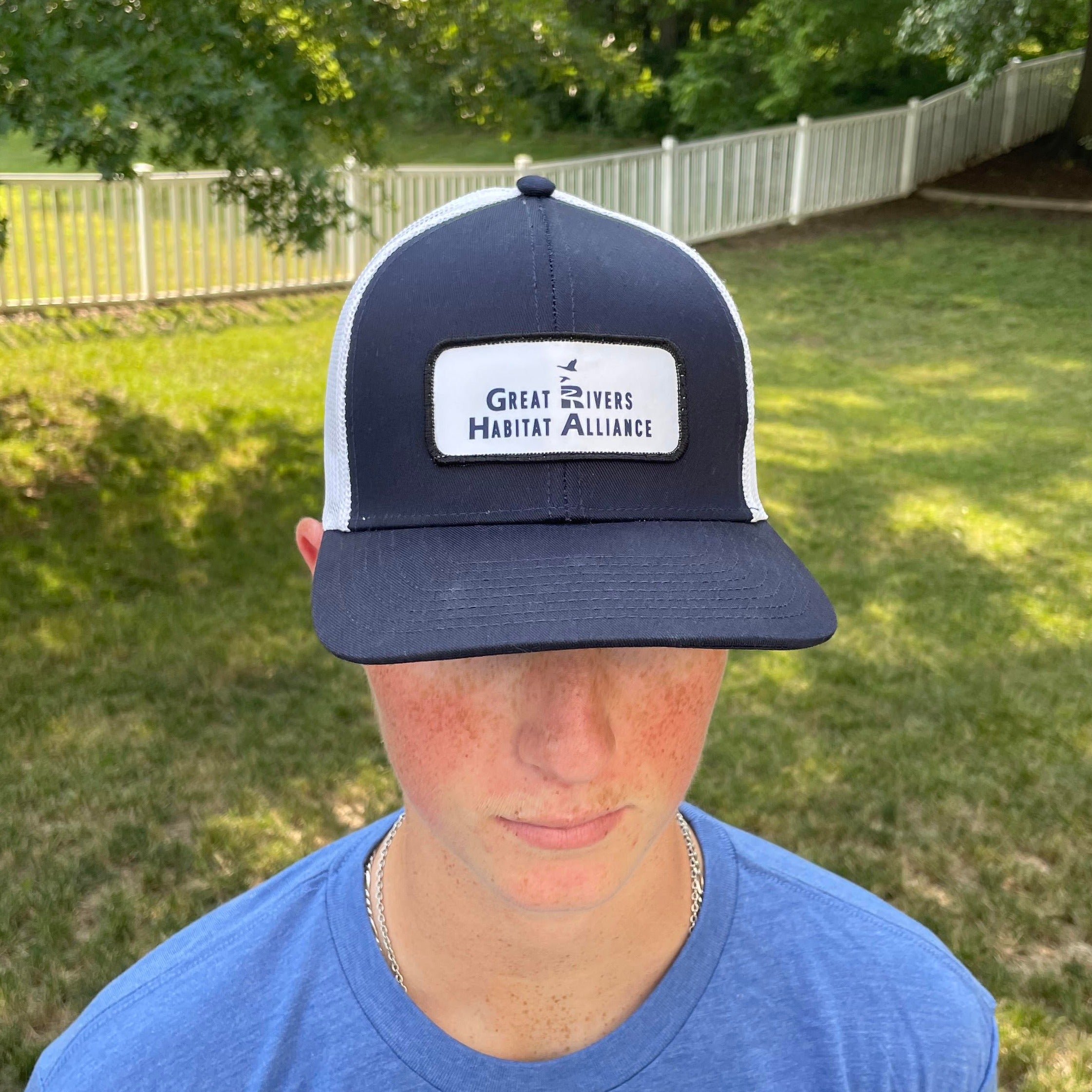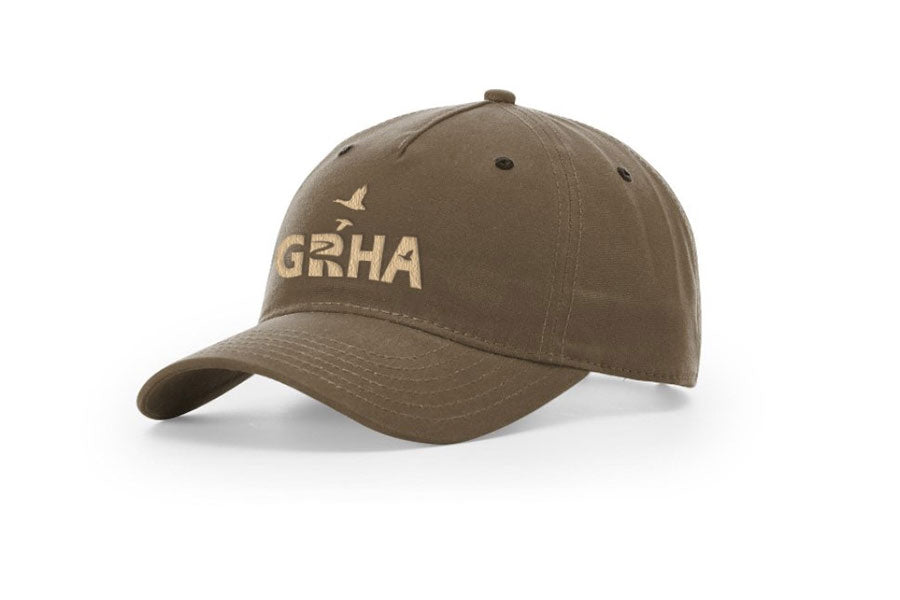
GRHA Helps partners close on critical wetlands habitat acquisition in Mississippi watershed


With the assistance of GRHA, a partnership group led by Ducks Unlimited (DU) was able to close in February on a threatened property adjacent to the Richard Bong State Recreation Area within the Mississippi Watershed.
DU, in partnership with the Bong Naturalists Association (BNA), identified an urgent opportunity for protecting critical habitat on land adjacent to the Richard Bong State Recreation Area in Kansasville, Wisconsin (Kenosha County). This conservation project addressed a true, immediate threat of losing public access land and the wildlife habitat connectivity it supports.
DU came to GRHA with a plan to purchase and hold the land, with the long-term plan to donate it to the Wisconsin Department of Natural Resources (DNR) to incorporate into the Richard Bong State Recreation Area. The acquisition would secure this important property for the public, expand the recreational area’s footprint and preserve wildlife habitat.
The acquisitions wetland and hardwood forest also serve a key role in protecting the watershed of Wolf Lake and the Des Plaines River with tremendous sustainability impacts.
Expected Sustainability Outcomes include:*
- The wetlands provide a protected water volume totaling 6.27 million gallons.
- The 106.3 parcel, if conserved rather than developed, will provide a net runoff reduction of approximately 2.57-4.20 million gallons annually.
- The existing 52.9 acres of forest will annually remove 231 MT CO2.
- If the shrublands and the cultivated agriculture field in the southern end of the parcel are reforested, this will provide annual removal of 170 MT CO2.
- The protected wetlands will remove approximately 284.39 kg of sediment, 6.30 kg of nitrogen, and 0.84 kg of phosphorus annually.
- Reforestation of the cultivated agriculture field will result in an annual reduction of 7514 kg sediment, 57 kg total nitrogen, and 9.2 kg total phosphorus.
*Please note, of the 132.8-acre parcel, 106.3 acres are zoned either A-2 (General Agricultural District) or C-2 (Upland Resource Conservancy District) and are at some risk of development or conversion to agriculture (including the wetlands and shoreline district which have the potential to be developed if mitigation is performed). The area zoned PR-1 (Parks and Recreation District) was excluded from this analysis.
DU asked GRHA to play a pivotal role in protecting and expanding Wisconsin’s Big Rivers Initiative by partnering with DU on this and other efforts. We are excited about this acquisition and the future of the WI BRI partnership.
With DU’s extensive partnerships and leveraging ability, they anticipate that financial support from GRHA will often be leveraged at least 3:1.
GRHA looks for ways to partner on habitat both within the Confluence and up-river partnering with others on Mississippi watershed projects (public and private) upriver in Illinois, Iowa, Minnesota, and Wisconsin to address habitat loss and flooding.

